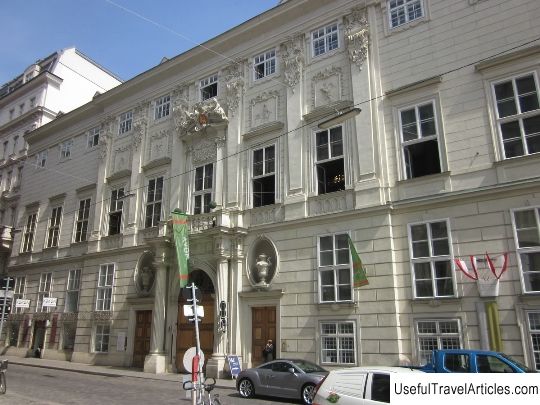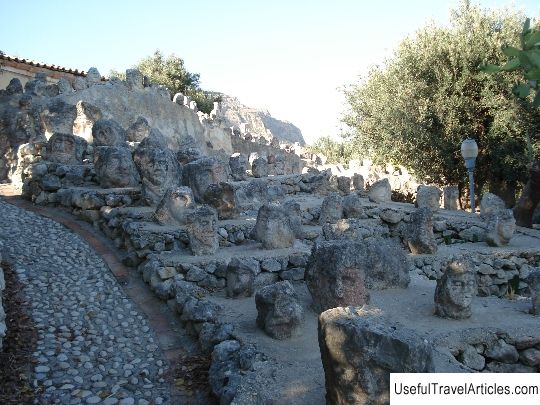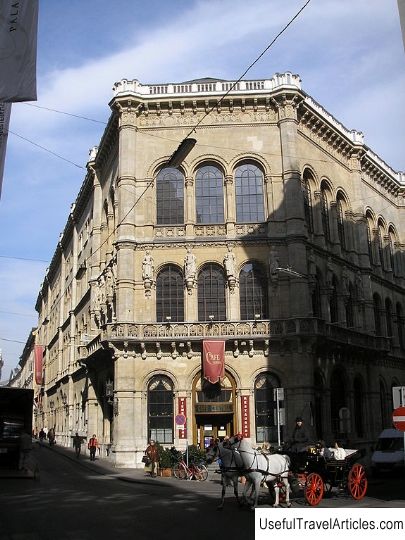Palais Collato description and photos - Austria: Vienna

Palais Collato description and photos - Austria: Vienna. Detailed information about the attraction. Description, photographs and a map showing the nearest significant objects. The title in English is Palais Collato. Photo and descriptionThe palace of the Venetian Count Collato was built in 1671 in the Baroque style. Initially, the facade was crowned with a triangular pediment, which was then demolished. The palace was connected by a balcony with the neighboring church of the Nine Angelic Choirs, and the possibility of passage was provided. Once upon a time there was a Jewish garden on this place. Ferdinand I bought this land for 26,000 guilders to build a school. In 1560, the administration of the school was transferred to the Jesuits, who significantly expanded and renovated the building. At the beginning of the 17th century, the building was in the possession of Count Thurzo. Thurzo was a Protestant, and after the defeat in 1620, the choice of Protestants was small: to leave the country or to rank themselves as a Catholic Church. Therefore, in 1620 Thurzo's house was confiscated by Emperor Ferdinand II and presented to the Italian Count R. Collato, who was an ardent Catholic. In 1671, the building was reconstructed, a second floor appeared. After the death of Count Collato, the facade of the palace was renewed. In the second week of October 1762, the first public concert of the six-year-old Wolfgang Amadeus Mozart took place in the palace of the Count in front of the public in Vienna. The concert turned out to be sensational, all of Europe started talking about Mozart. On this occasion, in June 1956, a memorial plaque was installed on the facade of the palace. In 2001, the last major overhaul was carried out, the building passed into the possession of the Bank of Austria. Several years ago, in the basement of the Collalto Palace, archaeologists have found the remains of two houses from the 15th century, and the walls, which were even older (presumably 13th century). An absolute sensation was the opening of a round room, which was surrounded by a two-meter thick stone wall. According to Frederic Dam, state curator of the Federal Monuments Office, the strange building turned out to be a tower from the early 13th century. Experts suggest that it is part of the palace built by Henry II.     We also recommend reading Fischerviertel (Fischerviertel) description and photos - Germany: Ulm Topic: Palais Collato description and photos - Austria: Vienna. |




